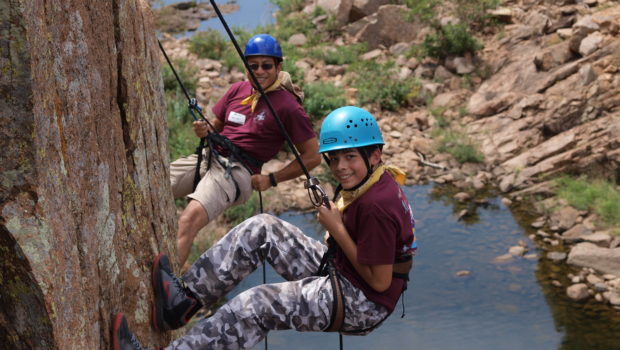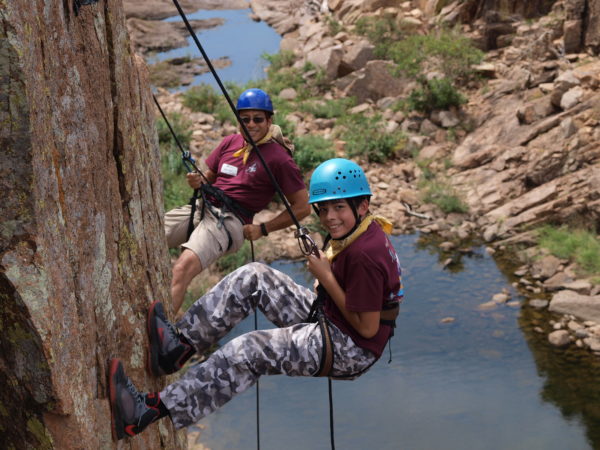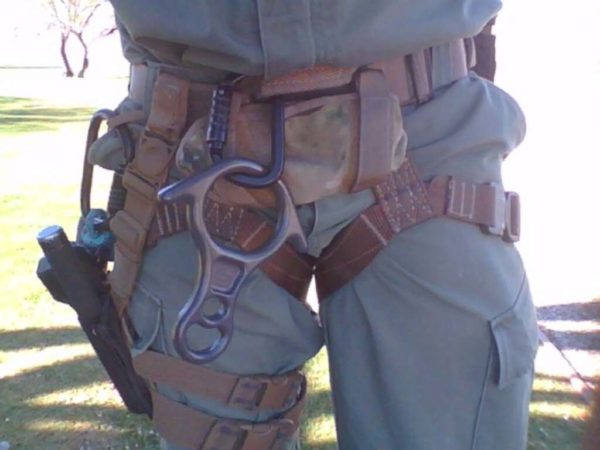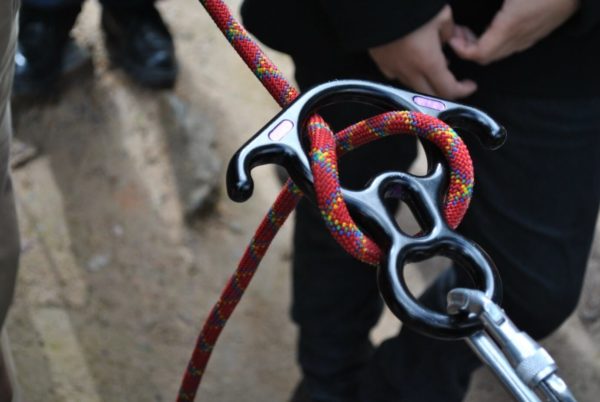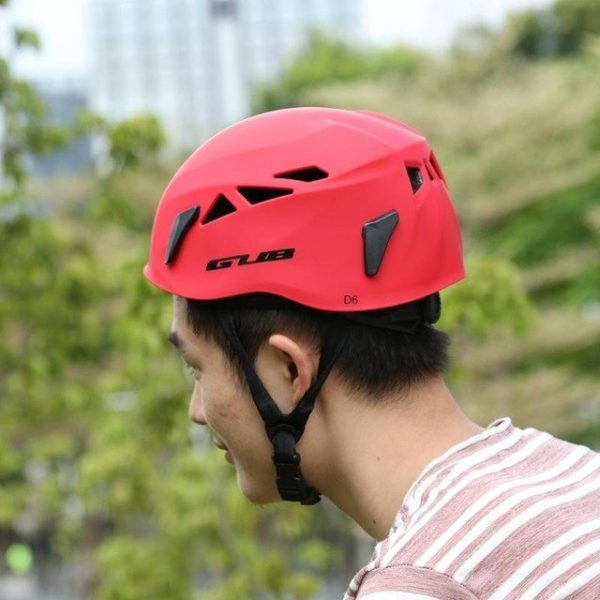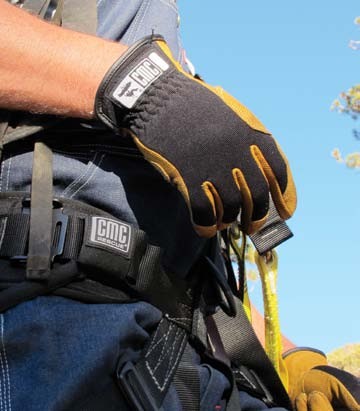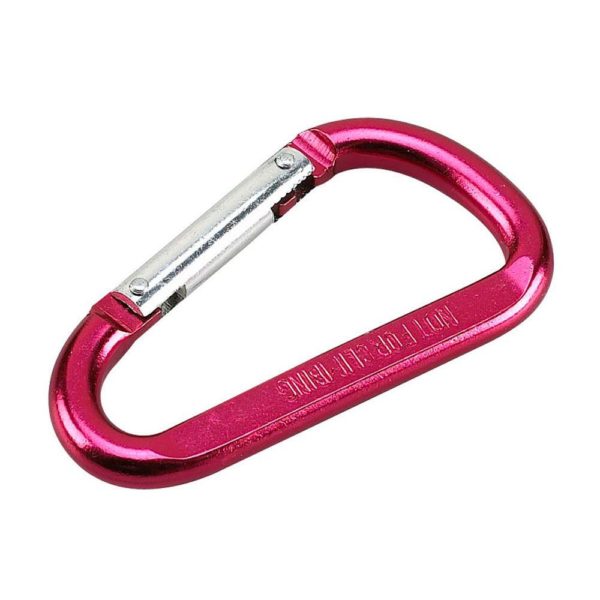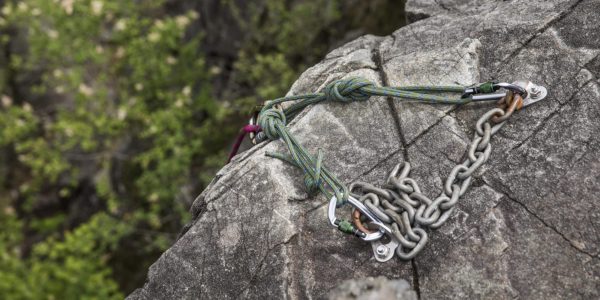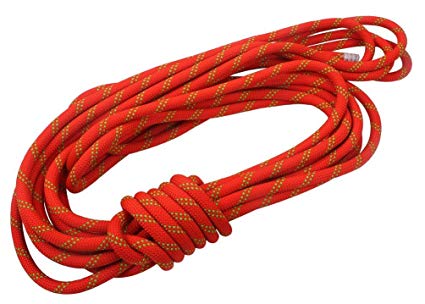What Equipment Do I Need To Practice Rappelling?
The practice of rappelling requires the use of a series of equipment that is indispensable when it comes to practicing it, then we describe it to you:
The best thing to do before practicing rappel for the first time is to have the help of someone who already knows the subject and who accompanies us. But above all, it is essential not to practice rappelling alone and less the first few times, as it can be dangerous. It is also extremely important that you know how to make the rappel knots with your eyes closed, since the success of this technique depends on 70% of the good use of these.
Additionally, you must get the height safety equipment necessary for rappelling gear, which basically consists of the following:
Rappel harness
The harness is the one that safely holds the person during the activity. It must be strong enough to withstand a sudden overload, in addition to comfort, which is necessary in the case of maintaining its use for hours. A good harness is light, not bulky and adjustable depending on the amount of clothing of the person and there are in different measures. If you have belts to fasten there is a possibility of making a mistake when you are putting it to use, hence a good harness will have accessories attached as braces to hang equipment, these should not be confused with the main ribbons. Some harnesses may not bring tapes to fasten to allow use in different activities, their configuration of 3 special tapes are one in the waist and two in the legs, are made of nylon polyester and polypropylene.
Rappel descenders
Rappel descenders are those that serve to descend in a controlled manner, these increase or decrease the friction with the rope, allowing raise or lower the speed during the descent; These dissipate in the form of heat the energy generated by the rappelling body, causing friction in the inner fibers of the rope, when it is crushed as it passes through the descender. There is a great variety of rappel descenders, the following being the most used:
1. Rappel descending in height
For its lightness and easy use are the most used in abseiling. They are made of duralumin and steel. The use of the thicker ones is recommended for rappelling since they are more resistant to the friction of the rope. You have to be very careful with this descender because it does not brake so easily, curls the rope and you always have to wear gloves because it gets very hot, they have a lot of chances of getting stuck.
2. Tubular descenders
These are very light and effective descenders for rappelling, whose body allows them to be used in two positions, depending on whether a greater or lesser speed is desired. The best known are the ATC and the reverse, the rest varies the name according to the manufacturer, these allow the descent with less effort since they have more friction than the eight.
3. Self-blocking descenders
The best of all in rappel, as it has anti-panic system, lock with lever, and lock cam in case the rope is badly placed, ideal for long and controlled descents, without worries. Widely recommended for people who are starting to rappel for its easy use and high level of security.
4. Stop descenders
This descender in rappel automatically locks, has a descent lever, does not have an anti-panic system, or an error lock, so the guide must pay attention when placing it, it is ideal for long descents, does not rip ropes
5. Descender bar or marimba
This descender is ideal for rappel of great length, even more than 200 meters, because they allow to regulate with simplicity the descent speed regardless of the diameter of the rope or its rigidity, accepts double or single rope, has no auto lock, but it descends very smoothly when the rope is placed by its 5 bars, it is quite safe, it works even with muddy cords and does not ruffle them.
6. Pirana Descender
This rappel descender, looks like an eight, but has hooks to increase friction and help to descend with less effort or even blocks when winding the rope on the hooks, ruffles the ropes and warms in descents rapid. It is recommended only for experts
7. Pulley descenders
These are used very little in rappelling, since they are used more in caving and in the descent of guns, by its design that allows a very precise control of the descent, this descender can be easily blocked when it is necessary. They are heavier and bulkier than the “eight”, and also slower, which is an inconvenience for the abseiling.
Helmets for rappelling
It is an indispensable element of safety in the rappel, this allows to protect people from falling rocks during the descent and hitting the wall before any unexpected swing.
Protective gloves for rappelling
They are those that protect from friction, improve grip on the rope while providing more comfort and control during the descent of the rappel, with adjustment for the hand protects from chafing with the steel cable and the tapes and is an indispensable safety element, requirement for national standards of adventure tourism.
Snap carabiners
It is an essential tool made of steel, aluminum or duralumin that allows maneuvers on the mountain and has insurance to prevent it from opening unexpectedly. In the rappel the types of carabiners are asymmetric of slight curve in D and in pear their function is to connect quickly and safely the harness of the climber with the rope.
Anchoring for rappel
It is where the rope is attached so that we do not fall into the void at any time, it is also known as the point of support for the load. The anchoring is the most important element of the rappel system, you should always require an anchor to repel it to be resistant and reliable, since once the maneuver starts the climber depends on it usually there are few possibilities of readjustment. If possible, a good anchor should be as close as possible to the line of the rappel, on the vertical, to take advantage of the maximum length of the rope, recover more easily and avoid the possible fall of loose stones. There are 2 types of anchors in the rappel:
Rope for rappelling
In rappelling the rope is the one that supports the weight of our body, so, in theory, any climbing rope could be used for rappelling, but using ropes of little diameter is very dangerous, since the most Minimal cut could cost us our lives. It is advisable not to use ropes less than 8 mm in diameter and make sure that it is in good condition. It is important to know that after using a rope we must clean it if it has been soiled and check that it has not been damaged. When it is time to store it, it is better to keep it in a dark place without knots and well folded.
The ropes in rappel can be divided into dynamic and static.
- Dynamic ropes: They are used for rappelling, they are very elastic when they retain a falling body, they do it progressively, with which they absorb a lot of force and avoid injuries, they can be uncomfortable to cause back and forth movements if the rappel is very long.
- Static ropes: They are very elastic, so they should never be used to ensure a person can fall, as a sudden fall could cause injuries.
- Pulley: In rappel is the emergency mechanism to rescue a person.
- Insurer: These are mechanical instruments that have been designed to improve the safety of the climber and thus control the rope during rappelling.
- Safety information signs for rappel: It is the precise information tool that warns of any danger. As a safety standard, it keeps users and guides informed about the safety procedures in a rappel, includes a perimeter frame and is placed at the beginning and end of the rappel line.
- First aid kit for rappel: It is a requirement of civil protection for any mechanical game, adventure activities or sports such as rappelling, required by national and international standards in adventure parks.
- Rappel radios kit: They are used for an optimal communication between the guides to give communication between the personnel that launches the people in the rappel and those who receive them, ideal when there are many people launching in the rappel.
The continuous practice of rappelling brings innumerable benefits to health, both physically and mentally, since the rapist must prepare physically, which will make the descents easier and in turn mentally by the level of concentration that must maintain Likewise, rappelling encourages relaxation through direct contact with nature and landscapes.

